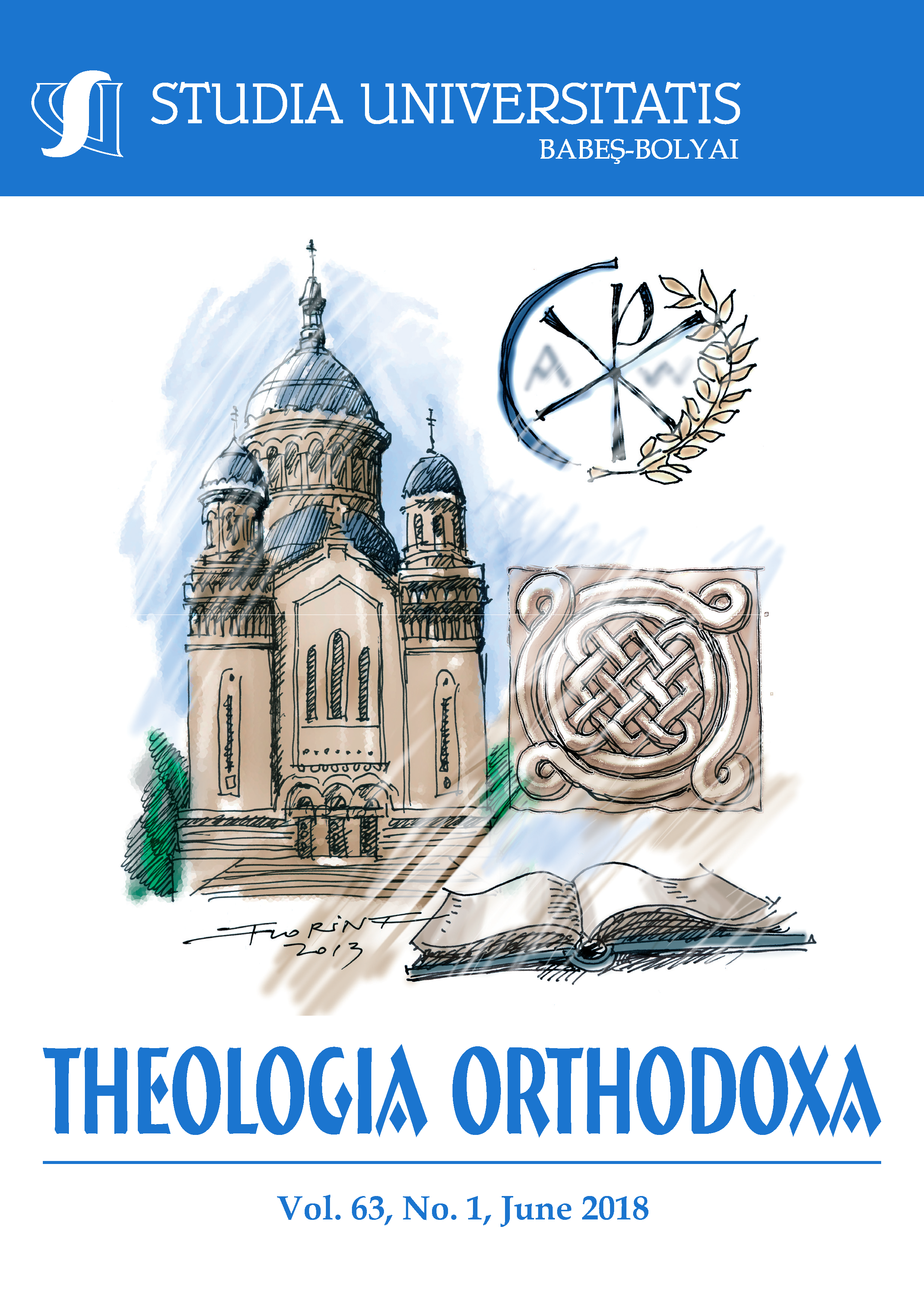A DIFFERENT LOOK AT THE TRINITY
DOI:
https://doi.org/10.24193/subbto.2018.1.04Keywords:
Trinity, Father, Son, Holy Spirit, Christianism, Person, Substance, Bible, Jewish monotheismAbstract
The doctrine of the Trinity seems difficult to understand today. In the New Testament, there is a unity of revelation and action between Father, Son, and Holy Spirit, although a unity of essence is not clearly expressed. We can discern the Old Testament roots of the implied divinity of Jesus and also of the divinity of the Spirit. Yet, from these manifestations of the one God, it is difficult to arrive at a doctrine of the Trinity. While the metaphysical terminology of the early church leads to such a doctrine, the biblical witness could only arrive at a doctrine of the Trinity in a mediated way. It suffices that there is a unity of action of Father, Son, and Holy Spirit, without the need to fathom the mysteries of the Trinity with regard to their exact mutual relations and their status over against each other. As the New Testament affirms, decisively is that God was and is in Christ for our salvation and that God is present through his Holy Spirit so that there is life.
References
Althaus. Paul. Die christliche Wahrheit, 5th ed. Gütersloh: Bertelsmann, 1959.
Brox, Norbert. Kirchengeschichte des Altertums, 5th ed. Düsseldorf: Patmos, 2008 [1983].
Dunn, James D. G. “The Making of Christology – Evolution or Unfolding?” In Jesus of Nazareth: Lord and Christ. Essays on the Historical Jesus and New Testament Christology, edited by Joel B. Green and Max Turner. Grand Rapids, MI: Wm. B. Eerdmans, 1994.
Justin Martyr. Dialogue with Trypho. In ANF 1.
Kolb, Robert and Timothy J. Wengert, eds. The Book of Concord: The Confessions of the Evangelical Lutheran Church. Minneapolis: Fortress, 2000.
Larry H. Hurtado, How on Earth Did Jesus Become a God? Historical Questions about Earliest Devotion to Jesus. Grand Rapids, MI: Wm. B. Eerdmans, 2005.
Link, Christian. “Trinität im israeltheologischen Horizont.” In Der lebendige Gott als Trinität, edited by Michael Welker and Miroslav Volf.
Luther, Martin. Lectures on Hebrews (1517/18). In LW 29.
Markschies, Christoph. “Jüdische Mittlergestalten und die christliche Trinitätstheologie.” In Der lebendige Gott als Trinität: Jürgen Moltmann zum 80. Geburtstag, edited by Michael Welker and Miroslav Volf. Gütersloher Verlagshaus, 2006.
Morenz, Siegfried. Egyptian Religion. Translated by Ann E. Kemp. Ithaca: Cornell University, 1984.
O’Day, Gail R. The Gospel of John. In The New Interpreter’s Bible, vol. 9. Nashville: Abingdon Press, 1996.
Pannenberg, Wolfhart. Jesus – God and Man. Translated by Lewis L. Wilkins and Duane A. Priebe, 2nd ed. Philadelphia: Westminster, 1988.
Perkins, Pheme. The Gospel of Mark. In The New Interpreter’s Bible, vol. 8. Nashville: Abingdon Press, 1995.
Rahner, Karl. “Der dreifaltige Gott als transzendenter Urgrund der Heilsgeschichte.” In Karl Rahner, Sämtliche Werke, 22.
Schleiermacher, Friedrich. The Christian Faith. Edited by H. R. Mackintosh and J. S. Stewart. London: T&T Clark, 1999.
Schnelle, Udo. Theology of the New Testament. Translated by M. Eugene Boring. Grand Rapids, MI: Baker Academic, 2009.
Schwarz, Hans. The Trinity. The Central Mystery of Christianity. Minneapolis: Fortress Press, 2017.
Schweizer, Eduard. “Jesus Christus. I: Neues Testament.” In TRE 16.
Wright, N.T. Commentary on Romans. In The New Interpreter’s Bible, vol. 10. Nashville: Abingdon Press, 2002.
Downloads
Published
How to Cite
Issue
Section
License
Copyright (c) 2018 Studia Universitatis Babeș-Bolyai Theologia Orthodoxa

This work is licensed under a Creative Commons Attribution-NonCommercial-NoDerivatives 4.0 International License.





 ISSN (print): 1224-0869, ISSN (online): 2065-9474, ISSN-L: 2065-9474
ISSN (print): 1224-0869, ISSN (online): 2065-9474, ISSN-L: 2065-9474